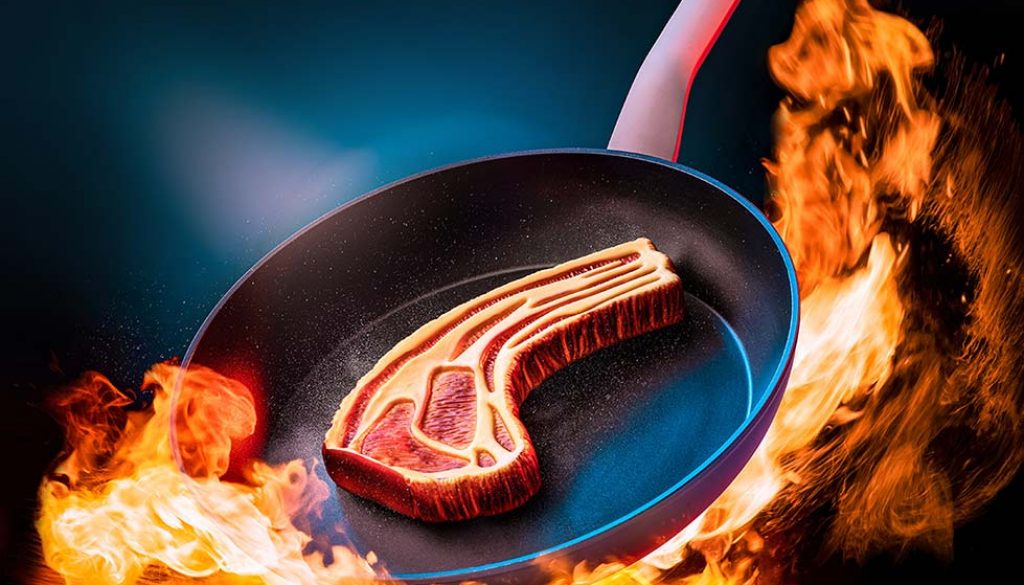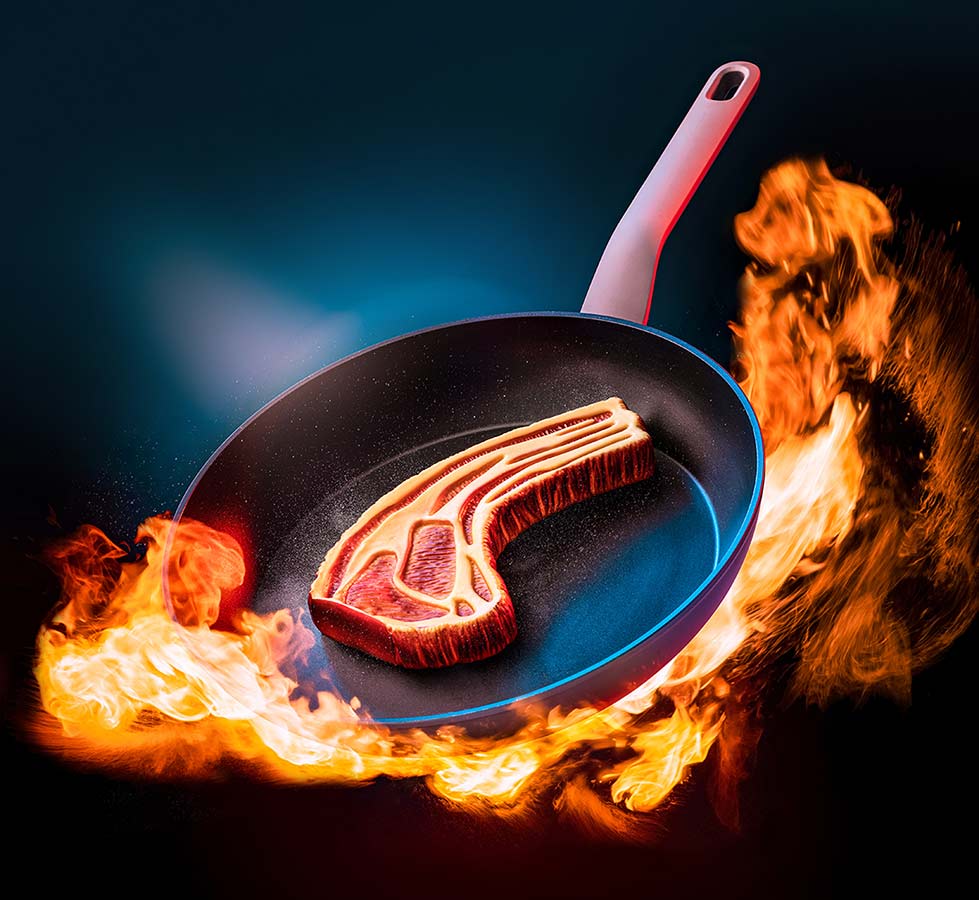Food Photography, is it too fake?
The food photography industry is big business. Companies spend large marketing budgets to make their food products look their best and use those images in advertising campaigns in various ways, getting as many people as possible to see their tasty bites.
But sometimes, more often than not, food being photographed is not a true representation of what is actually bought and consumed.
Recently, Burger King is being sued because the photos in their adverts show their burgers look much bigger compared to what customers purchased in stores. This isn’t the first for Burger King.
In 2012, the UK’s Advertising Standards Authority cited the company for burgers that had height and thickness that were “considerably less” than those in its commercials.
It’s not just Burger King, I would say this is standard practise with only a few exceptions. I can speak on this issue from a personal perspective as I have worked on many food photography shoots.
Using something like card board or tissue paper to prop up the food making the pile of ingredients appear bigger or even using hairspray, glue and varnish to paint onto the food making the colour look more appealing.
Food styling has many varied tricks to use on-set which can ultimately be for a good reason.
When on a food shoot, there is time needed to set-up all the equipment, balance all the lighting and camera settings, add props etc. When all elements are in place then the food can be used on the photography set, this doesn’t mean the shoot is close to being finished, it’s just getting started.
The people involved can see what there is to work with, all those elements need tweaking. It can take hours. The food looks old, dry, stale, or melted within 10 minutes or less. That is one of the reasons why these tricks may be used, photographers need the food to look fresh for as long as possible. Why not if it’s to make the food look better?
It’s the sort of thing that happens on all photo-shoots with a team of people each trying to work towards beautifying the object or person being photographed. It happens in the fashion industry all the time. There’re often calls to stop photo-shopping images because it sets an unrealistic standard for people to live up to, nobody can be that beautiful, not even the models themselves. What I don’t hear so often is the call to stop make-up on photo-shoots. To me, this is the same issue as using tricks to make food look as good as possible.
Should there be big changes in the photography industry? I think it has started already with society changing in many ways and brands being expected to keep up with consumer demands.
Why not show consumers exactly what they are paying for even when it looks unappetising?
That could be the problem.
I am not offering the answer to the question about should all tricks, either pre-production or post-production be allowed or banned. I would say that it happens on every single photo-shoot, it’s either all fine or it’s all wrong. If there are changes to be made, big cogs turn slowly and the photography industry will get better in time. For now, the tricks to make food, products and people look better in photography when compared to reality are here to stay. Let’s try to appreciate the art of great content that photographers, food stylists and marketeers create and give praise where it’s due.
If you like, please visit my Instagram profile to see more work. Phillip Pilkington Photographer.
Words and Photography created by Phillip Pilkington 2022


